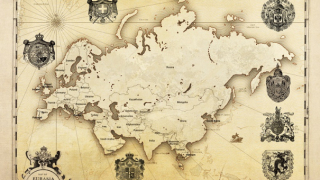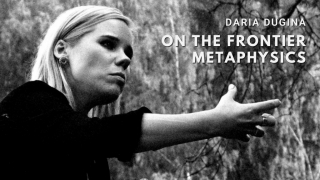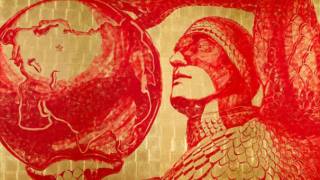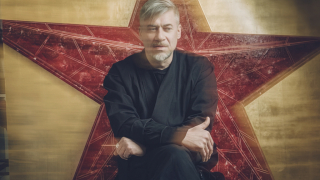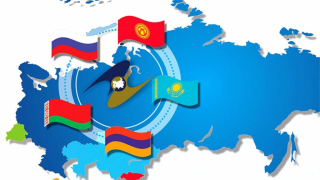Russian Eurasianism and its Eastern European counterparts 100 years ago and today
Russian Eurasianism, whose centenary we celebrated in 2021, is a complex phenomenon that can only be fully understood if we carefully consider the context of its birth and development.

